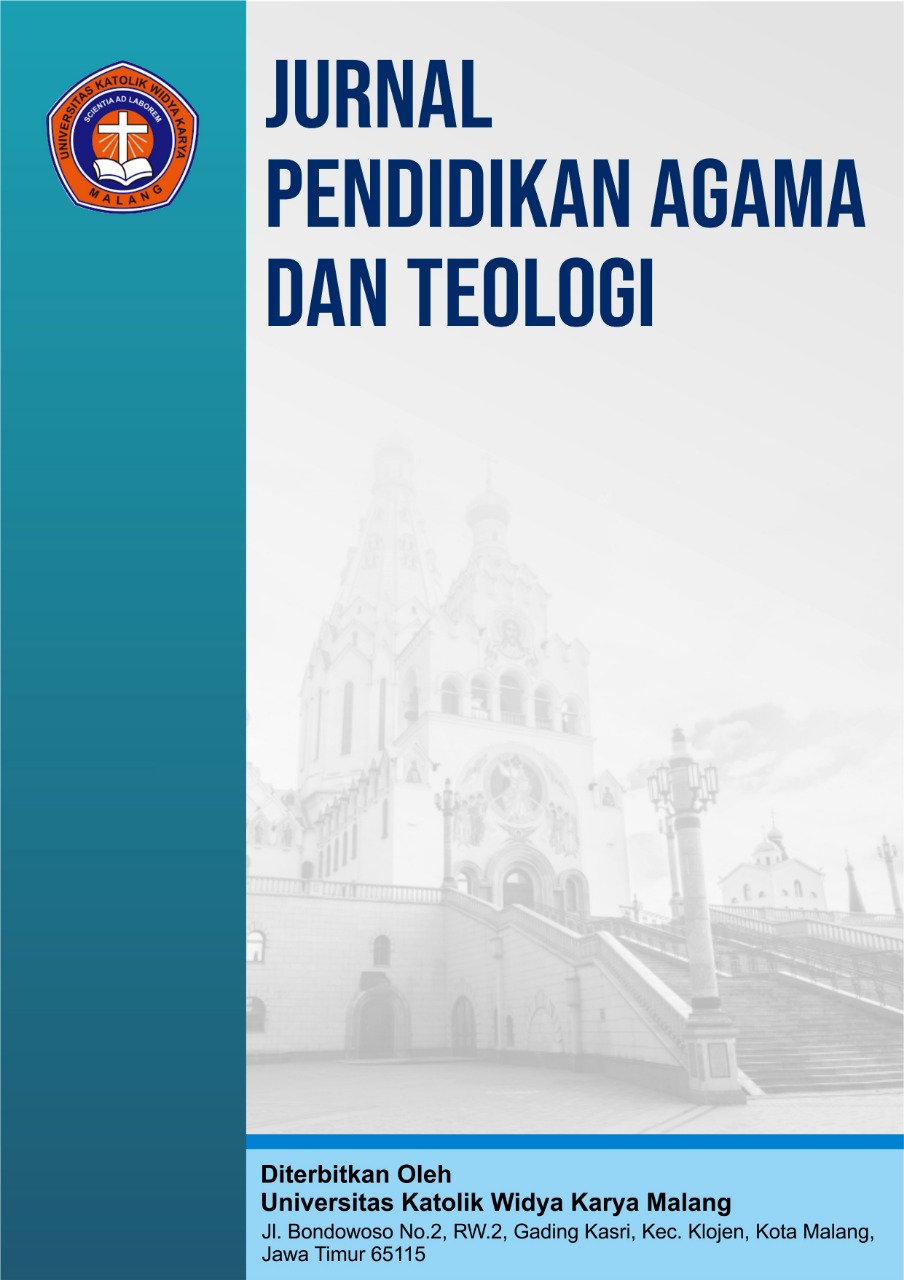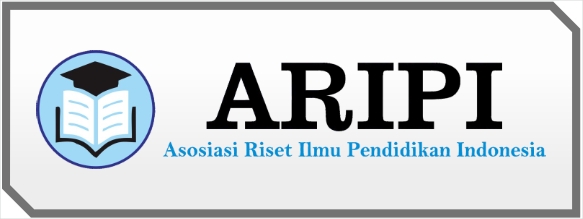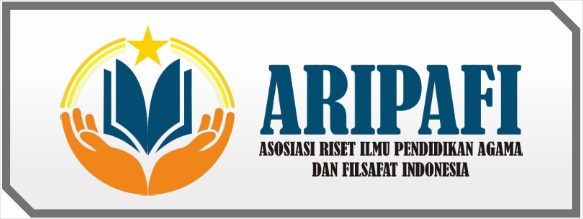Nilai Teologis dan Nilai Ekonomi Ulos Sebagai Kearifan Lokal Masyarakat
DOI:
https://doi.org/10.59581/jpat-widyakarya.v2i4.4408Keywords:
Ulos, Theological Values, Local WisdomAbstract
This research explores the theological and economic value of Ulos as one of the local wisdom of the Batak people. Ulos, which is a traditional woven cloth, not only functions as body protection, but also contains rich symbolic meaning in various traditional ceremonies, reflecting love, prayer and hope. This study emphasizes the role of Ulos in reflecting Gospel values, such as love and salvation, and links them to theological responsibility in the context of economic activity. This research uses a qualitative approach with a case study method, which involves interviews and observations of Ulos craftsmen. The main focus is on the challenges this tradition faces in the modern era, while highlighting the need to empower artisans to utilize digital marketing. In this way, Ulos is understood as a means of preserving local culture as well as enlivening the values of the Kingdom of God in society.
References
Sitohang, D. H., Siregar, A., & ayu Nurhidayati, S. (2023). Sejarah Dan Makna Ulos Batak Toba. Jurnal Ilmiah Widya Pustaka Pendidikan, 11(2), 27-34.
Rotua, D. M. (2014). Toleransi Agama Dan Motif Misi Kristen. Missio Ecclesiae, 3(2), 145-161.
Parasian, N. A., Sinulingga, J., & Sinaga, W. (2024). ANALISIS SEMIOTIKA PADA ULOS HARUNGGUAN MUARA. Kompetensi, 17(1), 39-54.














